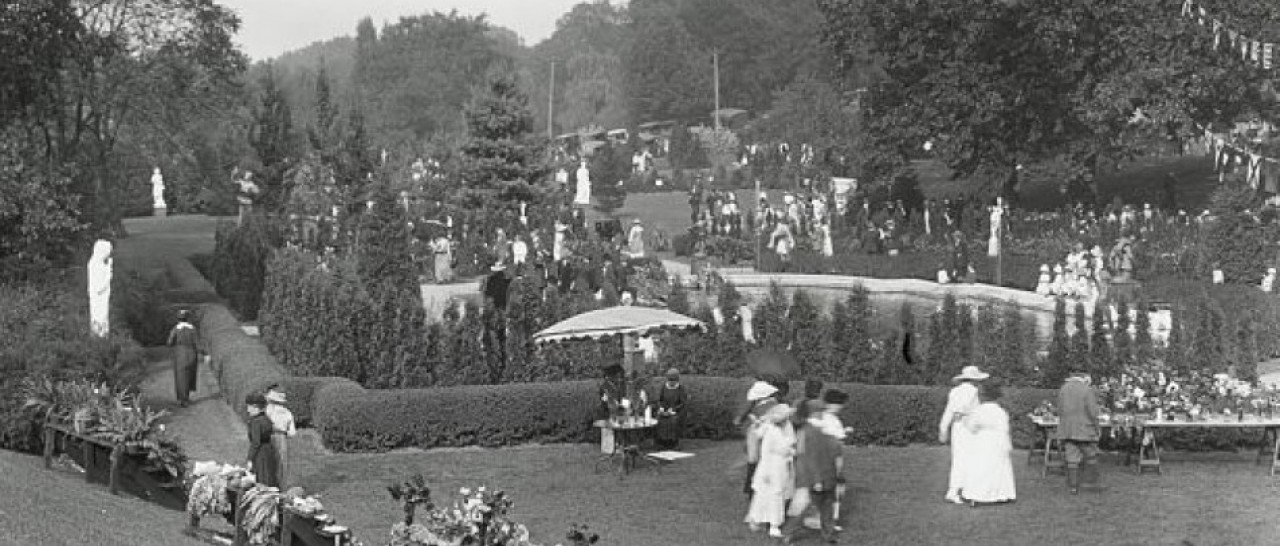
Part 3 is here! It’s been a while!
I love movie references in songs. I’ve done two other posts about this, and they were really popular, so I thought I’d do a third one. Hope you guys like it, and do check out the songs!
The Damned Don’t Cry by Visage – An awesome New Wave song named after the 1950 movie of the same name. I love Visage.
Robert DeNiro’s Waiting by Bananarama – I love this song. Wonderful melody. Bananarama were adorable!
Spellbound by Siouxsie and the Banshees – So cool. Named after the Hitchcock movie.
E=MC2 by Big Audio Dynamite – A great tribute to Nicolas Roeg’s movies.
Where do you go to my lovely? by Peter Sarstedt – ‘You talk like Marlene Dietrich’ RIP Peter Sarstedt.
Robert Mitchum by Julian Cope – An absolutely adorable tribute, a lot like Judy Garland’s tribute to Clark Gable
Rock on by Davis Essex – ‘Jimmy Dean…. James Dean’. Such a sexy song! David Essex was amazing!
If you want to check out the other lists, click here and here.
Have a great week, guys! ❤





